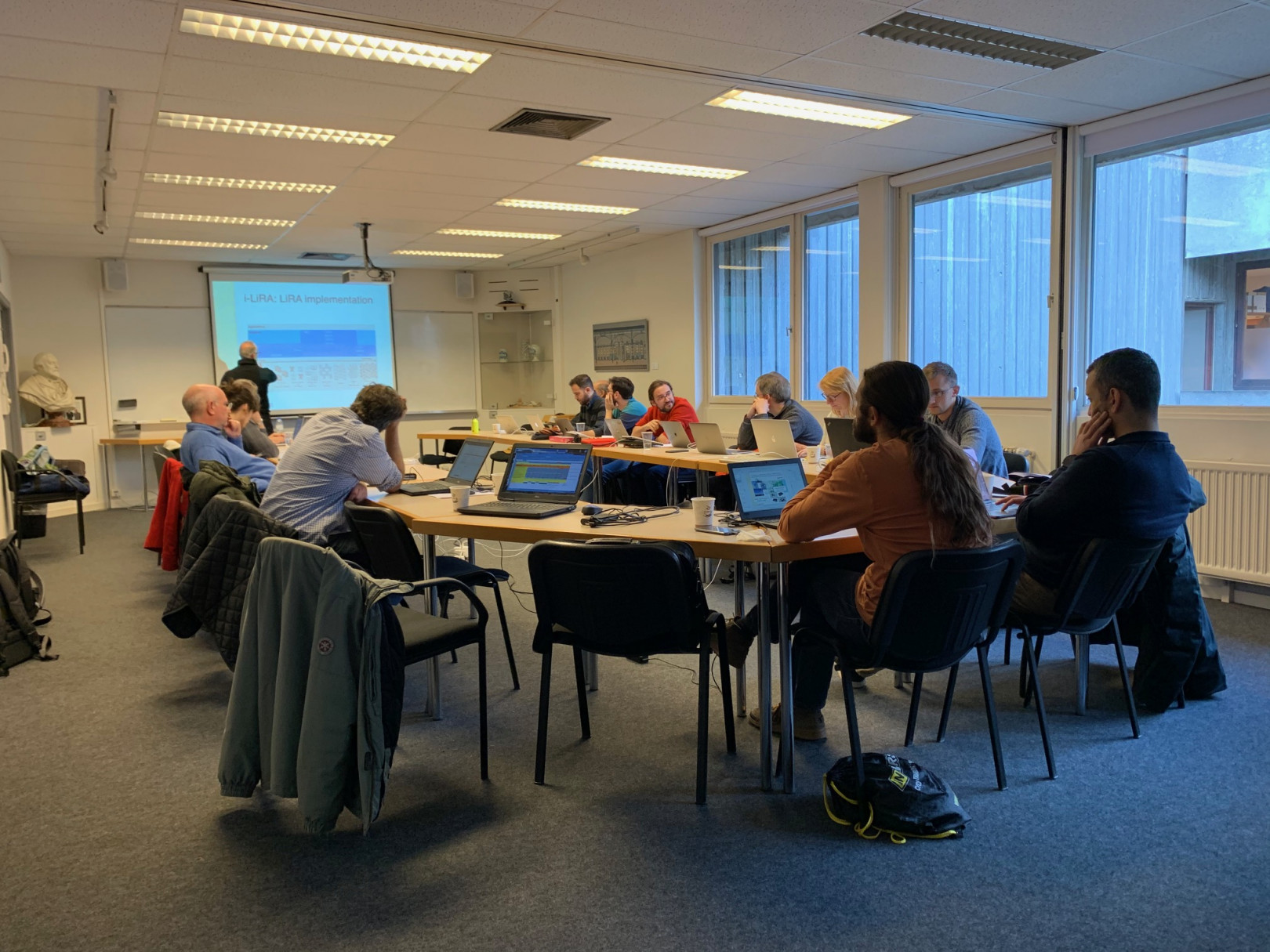LightKone comes to an end and obtains a positive score in the final evaluation
The European project LightKone, developed in partnership with INESC TEC’s High-Assurance Software Laboratory (HASLab), obtained a positive score in the European Commission’s final evaluation. According to the reviewers, “the project provided valuable results for the scientific community”.
20th July 2020
LightKone started in January 2017 and ended in December 2019. The main goal of the project was the development of a scientifically thorough and industrially validated model, capable of providing distributed computing in peripheral networks. It enables faster response times for users, namely when compared to more classic solutions with centralised data centres.
Among the technologies developed, we would like to highlight new database models (AntidoteDB), systems that allow direct synchronisation of web browsers on a local network, without requiring a connection to a central server (Legion), and convergent data models (CRDTs) that have been adopted and incorporated in several programming languages (used in games like League of Legends and Angry Birds).
The technologies and results developed in the project were explored through demonstrators that support use cases. More specifically, Scality explored geo-replicated storage, Peer Stritzinger updated RFIDs in the manufacturing system, Gluck Advice tested the technologies developed in precision agriculture and, finally, Guifi.net explored the results of a monitoring process with a community internet network with more than 36.000 machines.
It is important to mention that most of the technologies developed are available in open source repositories, and to all interested parties. In addition, the project produced an open document – “LightKone Reference Architecture” (LiRA) – that comprehends and presents the project proposals, and their relation with other reference architectures, to the public. The LiRA is available here.
The INESC TEC team included researchers Carlos Baquero, Paulo Sérgio Almeida, Manuel Barbosa, José Bacelar Almeida, Ali Shoker, Hugo Pacheco, João Silva, José Proença, Georges Younes and Vítor Duarte.
In addition to INESC TEC, the following institutions were part of the project consortium: UCL (Belgium), UPMC and Scality (France), NovaLincs (Portugal), TUK and Peer Stritzinger (Germany), UPC and Guifi.net(Spain) and Gluck Advice (Netherlands).
The evaluation meeting took place on the premises of the European Commission, in Belgium, on January 24.
The INESC TEC researchers mentioned in this news piece are associated with UMinho, UP-FCUP and FCT.


